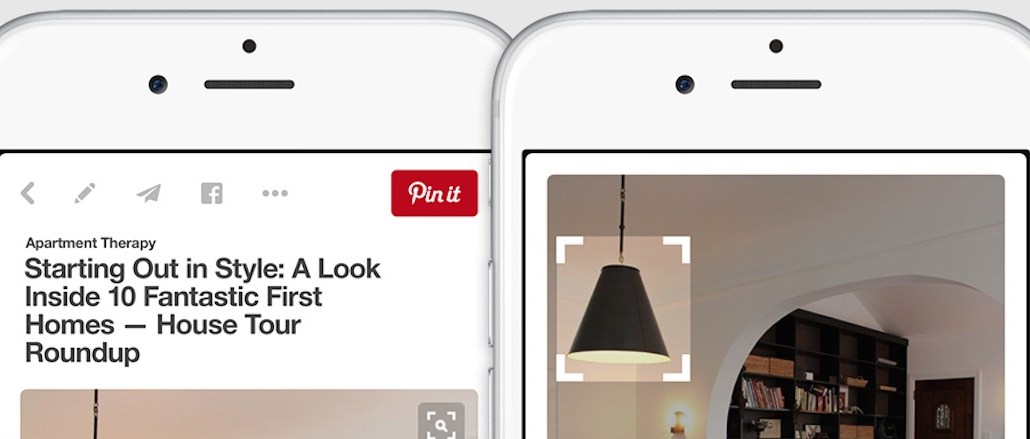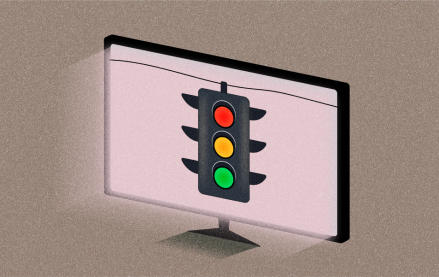
Pinterest’s long-awaited video ads have arrived, according to advertising sources.
Pinterest had been considering how it could implement video ads for months. Promoted video pins are being tested among a small group of users, and internally at Pinterest, according to one source briefed on the tests. The source said that the videos employ an autoplay function that sets them in motion when a user stops scrolling over them. Pinterest is testing video ad length, according to sources.
“They would be wise to launch video ads, as video consumption trends continue to rise,” said Orli LeWinter, vp of strategy and social marketing at 360i. “That said, video behavior is not an organic one on Pinterest, so I’d be interested to see how they end up performing.”
Pinterest declined to comment. It’s unclear what brands are placing the first video ads, and the pricing is unknown.
Pinterest is not known as a video destination like Facebook and Twitter have become, building video players into their platforms and offering new features like live streaming. Facebook is now doing 100 million hours of video views a day, with more than 8 billion views.
The video ads complement Cinematic Pins, which play only as a user scrolls and then stop when a user stops scrolling. Pinterest launched Cinematic Pins last year and has attracted brands like Wendy’s, Nestlé, Walgreens and Suave.
“Cinematic Pins are still running. I think they are a very interesting and engaging ad format, and they perform pretty well,” LeWinter said.
Pinterest has been trying to make its platform more accessible to advertisers, developing its ad serving software and opening it to more partners for buying. There have been some in the ad world who feel Pinterest has been too slow to roll out all the tools advertisers need, however, to make investing there worthwhile.
More in Media

What publishers are wishing for this holiday season: End AI scraping and determine AI-powered audience value
Publishers want a fair, structured, regulated AI environment and they also want to define what the next decade of audience metrics looks like.

Media giant Essence launches a marketplace for Black women-led brands
Essence has launched WeLoveUs.shop, a new online marketplace dedicated to Black women-led brands.

In Graphic Detail: The state of AI referral traffic in 2025
The stats reveal a new audience pipeline forming outside of traditional search and social platforms.





